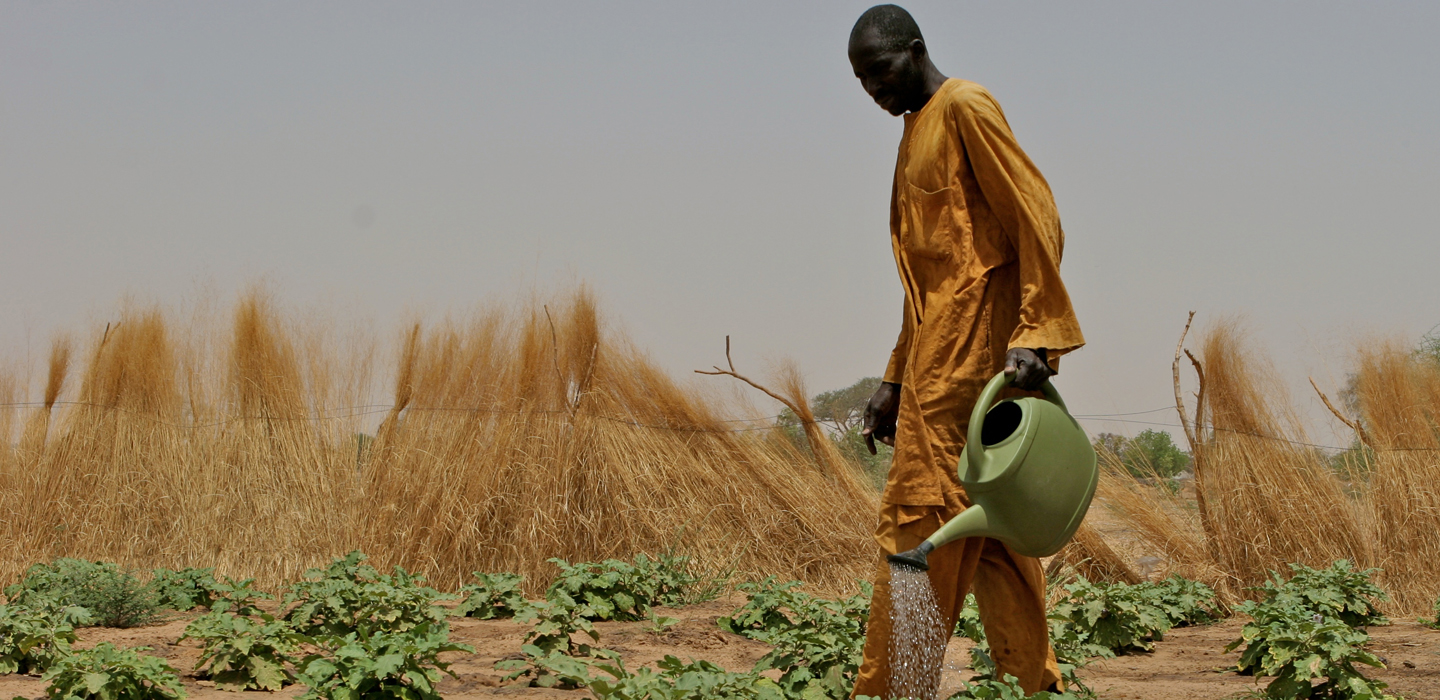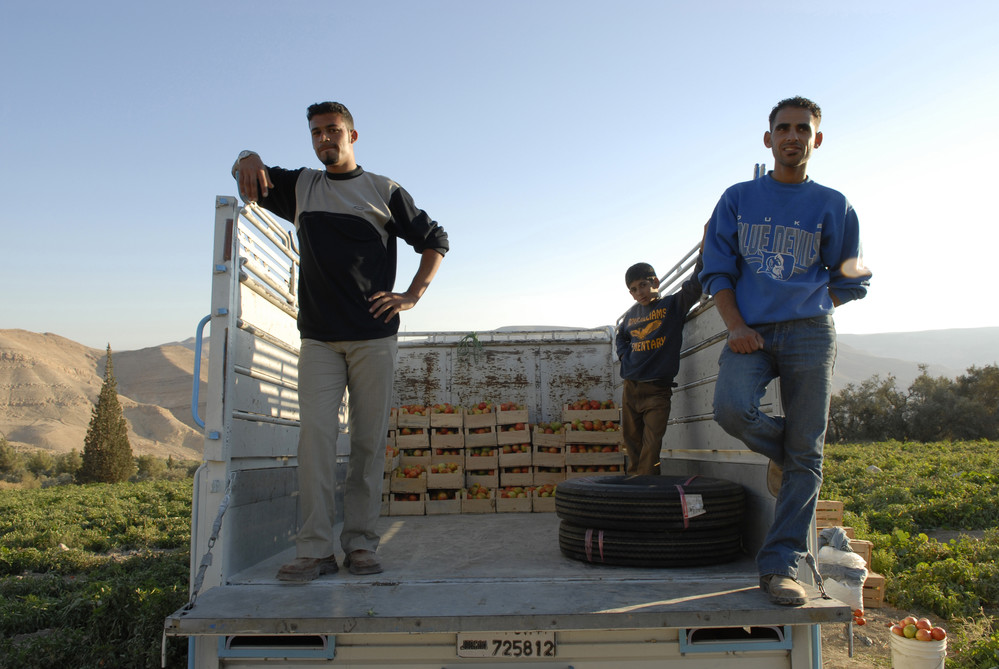Why rural people
Why rural people banner

Why rural people?
Menu Display
Why rural people?
Change starts here
The starting point for a world without poverty and hunger, is the rural world. An estimated 3.4 billion people – around 45 per cent of the global population – live in the rural areas of developing countries.
Most depend on small, family farms for their income and sustenance. Rural people grow the food that feeds their nations, but they are also disproportionately poor: 80 per cent of the women, children and men living in extreme poverty live in rural areas, not cities.
Investing in rural people is a long-term solution to so many of the problems we face today. Hunger, poverty, youth unemployment and forced migration – all have deep roots in rural areas; and all can be vastly improved through investing in small-scale agriculture and inclusive rural development.
Why agriculture?
In sub-Saharan Africa, investment in agriculture is up to 11 times more effective in reducing extreme poverty than investment in any other sector.
Why? Because successful small farms provide jobs for unskilled labourers. Small family farms generate income that is spent in rural communities and stimulates rural economies, which in turn contribute to peace and security.
And farms grow the food that feeds us all.
The youth connection

Today’s generation of young people, at 1.8 billion, is the largest ever. Most live in the rural areas of low and middle-income countries. They are two to three times more likely to be unemployed than adults. And they are also more likely to be poor. As a result, they are more likely to leave their homes to search for work.
Unless we invest in rural areas, and develop strong rural economies with attractive prospects for young people, they will be forced to migrate – first to the city – and then, if they cannot find decent employment – across borders to neighbouring countries and beyond.
Charting a new path forward
Rural development is central to ending hunger and poverty, and crucial to meeting the new SDGs. IFAD-supported projects connect poor rural people to markets and services so they can grow more and earn more.
More than that, our projects also transform rural communities economically and socially, and promote gender equality and inclusiveness.
Investing in rural people is investing in a brighter future for everyone.

